2013 辽宁考研英语一真题及答案
Section I Use of English
Directions:
Read the following text. Choose the best word(s) for each numbered blank and mark
A, B, C or D on ANSWER SHEET 1. (10 points)
People are, on the whole, poor at considering background information when making
individual decisions. At first glance this might seem like a strength that 1
the
factors. But Dr. Uri Simonsohn
ability to make judgments which are unbiased by
2
3
speculated that an inability to consider the big
was leading decision-makers
to be biased by the daily samples of information they were working with.
, he
of appearing too soft 6
theorised that a judge
crime might be more likely to
send someone to prison
he had already sentenced five or six other defendants
only to forced community service on that day.
5
7
4
8
this idea, he turned to the university-admissions process. In theory, the
randomly for interview
To
9
during the same day, but Dr. Simonsoho suspected the truth was
of an applicant should not depend on the few others
11
.
10
applicants on a scale of one to five. This scale
by 31 admissions officers. The
He studied the results of 9,323 MBA interviews
numerous
interviewers had
factors into consideration. The scores were
used in conjunction with an
applicant’s score on the Graduate Management Admission Test, or GMAT, a standardized
exam which is
out of 800 points, to make a decision on whether to accept him
or her.
12
14
15
13
16
Dr. Simonsohn found if the score of the previous candidate in a daily series of
interviewees was 0.75 points or more higher than that of the one
that, then
by an average of 0.075 points. This might
the score for the next applicant would
sound small, but to 19
the effects of such a decrease a candidate would need 30
more GMAT points than would otherwise have been
17
18
20
.
1.[A] grants
[B] submits
[C] transmits
[D] delivers
2.[A] minor
[B] external
[C] crucial
[D] objective
3.[A] issue
[B] vision
[C] picture
[D] moment
4.[A] Above all
[B] On average
[C] In principle
[D] For example
�
5.[A] fond
[B] fearful
[C] capable
[D] thoughtless
6.[A] in
[B] for
[C] to
[D] on
7.[A] if
[B] until
[C] though
[D] unless
8.[A] test
[B] emphasize
[C] share
[D] promote
9.[A] decision
[B] quality
[C] status
[D] success
10.[A] found
[B] studied
[C] chosen
[D] identified
11.[A] otherwise
[B] defensible
[C] replaceable
[D] exceptional
12.[A] inspired
[B] expressed
[C] conducted
[D] secured
13.[A] assigned
[B] rated
[C] matched
[D] arranged
14.[A] put
[B] got
[C] took
[D] gave
15.[A] instead
[B] then
[C] ever
[D] rather
16.[A] selected
[B] passed
[C] marked
[D] introduced
17.[A] below
[B] after
[C] above
[D] before
18.[A] jump
[B] float
[C] fluctuate
[D] drop
19.[A] achieve
[B] undo
[C] maintain
[D] disregard
20.[A] necessary
[B] possible
[C] promising
[D] helpful
Section II Reading Comprehension
Part A
Directions:
Read the following four texts. Answer the questions below each text by choosing A,
B, C or D. Mark your answers on ANSWER SHEET 1. (40 points)
Text 1
In the 2006 film version of The Devil Wears Prada, Miranda Priestly, played by Meryl
�
Streep, scolds her unattractive assistant for imagining that high fashion doesn’
t affect her. Priestly explains how the deep blue color of the assistant’s sweater
descended over the years from fashion shows to department stores and to the bargain
bin in which the poor girl doubtless found her garment.
This top-down conception of the fashion business couldn’t be more out of date or
at odds with the feverish world described in Overdressed, Elizabeth Cline ’ s
three-year indictment of “fast fashion”. In the last decade or so, advances in
technology have allowed mass-market labels such as Zara, H&M, and Uniqlo to react
to trends more quickly and anticipate demand more precisely. Quicker turnarounds
mean less wasted inventory, more frequent releases, and more profit. These labels
encourage style-conscious consumers to see clothes as disposable—meant to last only
a wash or two, although they don’t advertise that—and to renew their wardrobe every
few weeks. By offering on-trend items at dirt-cheap prices, Cline argues, these
brands have hijacked fashion cycles, shaking an industry long accustomed to a
seasonal pace.
The victims of this revolution, of course, are not limited to designers. For H&M
to offer a $5.95 knit miniskirt in all its 2,300-plus stores around the world, it
must rely on low-wage overseas labor, order in volumes that strain natural resources,
and use massive amounts of harmful chemicals.
Overdressed is the fashion world’s answer to consumer-activist bestsellers like
Michael Pollan’s The Omnivore’s Dilemma. “Mass-produced clothing, like fast food,
fills a hunger and need, yet is non-durable and wasteful,” Cline argues. Americans,
she finds, buy roughly 20 billion garments a year—about 64 items per person—and
no matter how much they give away, this excess leads to waste.
Towards the end of Overdressed, Cline introduced her ideal, a Brooklyn woman named
Sarah Kate Beaumont, who since 2008 has made all of her own clothes—and beautifully.
But as Cline is the first to note, it took Beaumont decades to perfect her craft;
her example can’t be knocked off.
Though several fast-fashion companies have made efforts to curb their impact on labor
and the environment—including H&M, with its green Conscious Collection line—Cline
believes lasting change can only be effected by the customer. She exhibits the
idealism common to many advocates of sustainability, be it in food or in energy.
Vanity is a constant; people will only start shopping more sustainably when they
can’t afford not to.
21. Priestly criticizes her assistant for her _______.
[A] lack of imagination
[B] poor bargaining skill
�
[C] obsession with high fashion
[D] insensitivity to fashion
22. According to Cline, mass-market labels urge consumers to _______.
[A] combat unnecessary waste
[B] shop for their garments more frequently
[C] resist the influence of advertisements
fashion world
[D] shut out the feverish
23. The word “indictment” (Line 3, Para.2) is closest in meaning to _______.
[A] accusation
[B] enthusiasm
[C] indifference
[D] tolerance
24. Which of the following can be inferred from the last paragraph?
[A] Vanity has more often been found in idealists.
industry ignores sustainability.
[B] The fast-fashion
[C] Pricing is vital to environment-friendly purchasing.
interested in unaffordable garments.
[D] People are more
25. What is the subject of the text?
[A] Satire on an extravagant lifestyle.
[B] Challenge to a high-fashion myth.
[C] Criticism of the fast-fashion industry.
secret
[D] Exposure of a mass-market
Text 2
An old saying has it that half of all advertising budgets are wasted—the trouble
is, no one knows which half. In the internet age, at least in theory, this fraction
can be much reduced. By watching what people search for, click on and say online,
companies can aim “behavioral” ads at those most likely to buy.
In the past couple of weeks a quarrel has illustrated the value to advertisers of
such fine-grained information: Should advertisers assume that people are happy to
be tracked and sent behavioral ads? Or should they have explicit permission?
In December 2010 America’s Federal Trade Commission (FTC) proposed adding a “do
not track” (DNT) option to internet browsers, so that users could tell advertisers
that they did not want to be followed. Microsoft’s Internet Explorer and Apple’
s Safari both offer DNT; Google’s Chrome is due to do so this year. In February
the FTC and Digital Advertising Alliance (DAA) agreed that the industry would get
�
cracking on responding to DNT requests.
On May 31st Microsoft set off the row: It said that InternetExplorer 10, the version
due to appear Windows 8, would have DNT as a default.
Advertisers are horrified. Human nature being what it is, most people stick with
default settings. Few switch DNT on now, but if tracking is off it will stay off.
Bob Liodice, the chief executive of the Association of National Advertisers, says
consumers will be worse off if the industry cannot collect information about their
preferences. People will not get fewer ads, he says, “they’ll get less meaningful,
less targeted ads.”
It is not yet clear how advertisers will respond. Getting a DNT signal does not oblige
anyone to stop tracking, although some companies have promised to do so. Unable to
tell whether someone really objects to behavioral ads or whether they are sticking
with Microsoft’s default, some may ignore a DNT signal and press on anyway.
Also unclear is why Microsoft has gone it alone. After all, it has an ad business
too, which it says will comply with DNT requests, though it is still working out
how. If it is trying to upset Google, which relies almost wholly on advertising,
it has chosen an indirect method: There is no guarantee that DNT by default will
become the norm.DNT does not seem an obviously huge selling point for Windows 8
—though the firm has compared some of its other products favorably with Google’
s on that count before. Brendon Lynch, Microsoft’s chief privacy officer, blogged:
“we believe consumers should have more control.” Could it really be that simple?
26. It is suggested in paragraph 1 that “behavioral” ads help advertisers to
_______.
[A] lower their operational costs
competition among themselves
[C] avoid complaints from consumers
better online services
27. “The industry” (Line 5, Para.3) refers to_______.
[A] online advertisers
e-commerce conductors
[C] digital information analysis
internet browser developers
28. Bob Liodice holds that setting DNT as a default _______.
[B] ease
[D] provide
[B]
[D]
�
[A] goes against human nature
affect the ad industry
[C] will not benefit consumers
cut the number of junk ads
[B] fails to
[D] many
29. Which of the following is true according to Paragraph 6?
[A] Advertisers are obliged to offer behavioral ads
its intended purpose
[B] DNT may not serve
[C] DNT is losing its popularity among consumers
willing to implement DNT
[D] Advertisers are
30. The author’s attitude towards what Brendon Lynch said in his blog is one
of_______.
[A] appreciation
[B] understanding
[C] indulgence
[D] skepticism
Text 3
Up until a few decades ago, our visions of the future were largely—though by no
means uniformly—glowingly positive. Science and technology would cure all the ills
of humanity, leading to lives of fulfillment and opportunity for all.
Now utopia has grown unfashionable, as we have gained a deeper appreciation of the
range of threats facing us, from asteroid strike to epidemic flu to climate change.
You might even be tempted to assume that humanity has little future to look forward
to.
But such gloominess is misplaced. The fossil record shows that many species have
endured for millions of years—so why shouldn’t we? Take a broader look at our
species’ place in the universe, and it becomes clear that we have an excellent chance
of surviving for tens, if not hundreds, of thousands of years. Look up Homo sapiens
in the “ Red List ” of threatened species of the international Union for the
Concentration of Nature (IUCN), and you will read: “Listed as Least Concern as the
species is very widely distributed, adaptable, currently increasing, and there are
no major threats resulting in an overall population decline.”
So what does our deep future hold? A growing number of researchers and organizations
are now thinking seriously about that question. For example, the Long Now Foundation
has as its flagship project a mechanical clock that is designed to still be marking
time thousands of years hence.
�
Perhaps willfully, it may be easier to think about such lengthy timescales than about
the more immediate future. The potential evolution of today’s technology, and its
social consequences, is dazzlingly complicated, and it’s perhaps best left to
science-fiction writers and futurologists to explore the many possibilities we can
envisage. That’s one reason why we have launched Arc, a new publication dedicated
to the near future.
But take a longer view and there is a surprising amount that we can say with
considerable assurance. As so often, the past holds the key to the future: we have
now identified enough of the long-term patterns shaping the history of the planet,
and our species, to make evidence-based forecasts about the situations in which our
descendants will find themselves.
This long perspective makes the pessimistic view of our prospects seem more likely
to be a passing fad. To be sure, the future is not all rosy. But we are now
knowledgeable enough to reduce many of the risks that threatened the existence of
earlier humans, and to improve the lot of those to come.
31. Our vision of the future used to be inspired by _______.
[A] our desire for lives of fulfillment.
in science and technology.
[C] our awareness of potential risks.
belief in equal opportunity.
[B] our faith
[D] our
32. The IUCN’s “Red List” suggests that human beings are _______.
[A] a misplaced race.
sustained species.
[C] the world’s dominant power.
to the environment.
[B] a
[D] a threat
33. Which of the following is true according to Paragraph 5?
[A] The interest in science fiction is on the rise.
limit the scope of futurological studies.
[B] Arc helps
[C] Technology offers solutions to social problems.
future is hard to conceive.
[D] Our immediate
34. To ensure the future of mankind, it is crucial to _______.
�
[A] draw on our experience from the past.
world.
[B] adopt an optimistic view of the
[C] explore our planet’s abundant resources.
history.
[D] curb our ambition to reshape
35. Which of the following would be the best title for the text?
[A] Uncertainty about Our Future
[B] Evolution of the Human Species
[C] The Ever-bright Prospects of Mankind.
Humanity.
[D] Science, Technology and
Text 4
On a five to three vote, the Supreme Court knocked out much of Arizona’s immigration
law Monday—a modest policy victory for the Obama Administration. But on the more
important matter of the Constitution, the decision was an 8-0 defeat for the
Administration’s effort to upset the balance of power between the federal government
and the states.
In Arizona v. United States, the majority overturned three of the four contested
provisions of Arizona’s controversial plan to have state and local police enforce
federal immigration law. The Constitutional principles that Washington alone has
the power to “establish a uniform Rule of Naturalization” and that federal laws
precede state laws are noncontroversial. Arizona had attempted to fashion state
policies that ran parallel to the existing federal ones.
Justice Anthony Kennedy, joined by Chief Justice John Roberts and the Court’s
liberals, ruled that the state flew too close to the federal sun. On the overturned
provisions the majority held that Congress had deliberately “occupied the field”
and Arizona has thus intruded on the federal’s privileged powers.
However, the Justices said that Arizona police would be allowed to verify the legal
status of people who come in contact with law enforcement. That’s because Congress
has always envisioned joint federal-state immigration enforcement and explicitly
encourages state officers to share information and cooperate with federal
colleagues.
Two of the three objecting Justices—Samuel Alito and Clarence Thomas—agreed with
this Constitutional logic but disagreed about which Arizona rules conflicted with
the federal statute. The only major objection came from Justice Antonin Scalia, who
offered an even more robust defense of state privileges going back to the Alien and
�
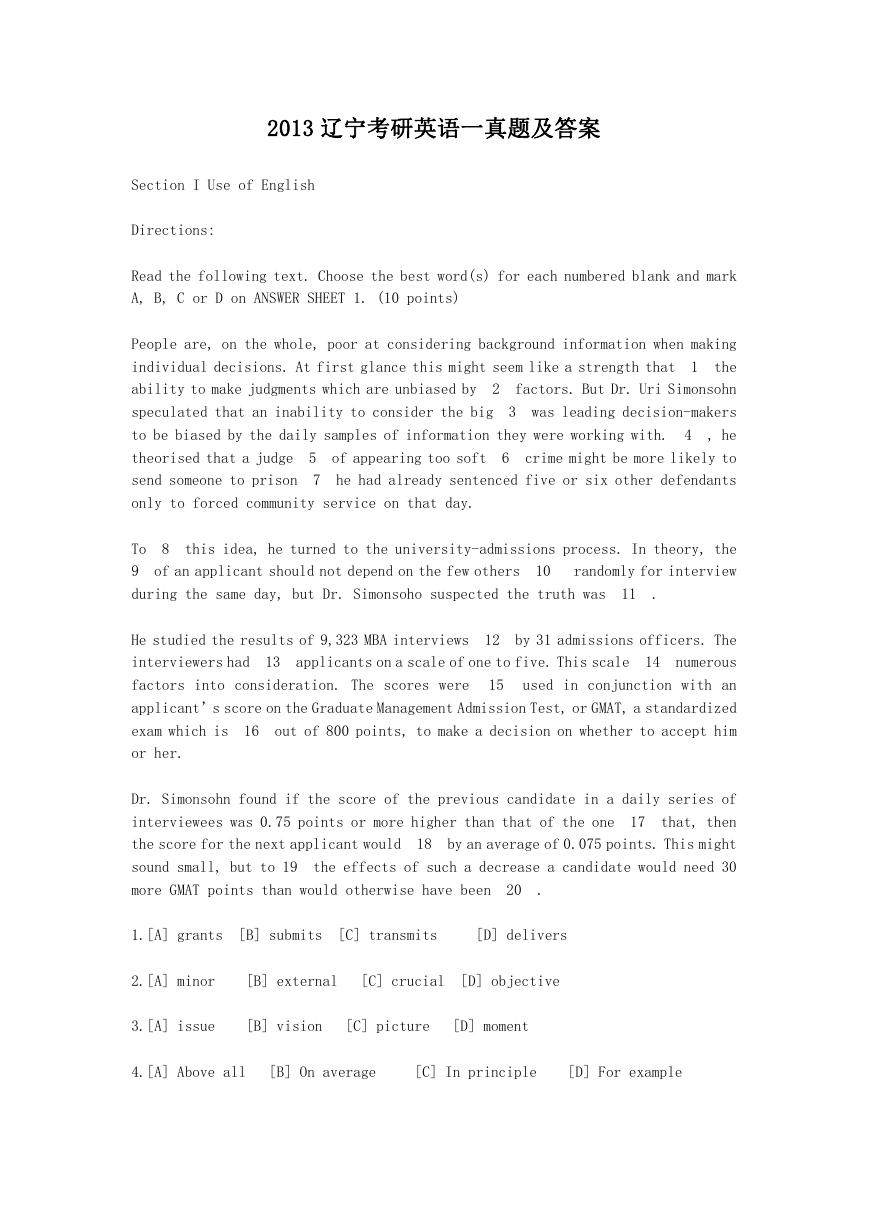

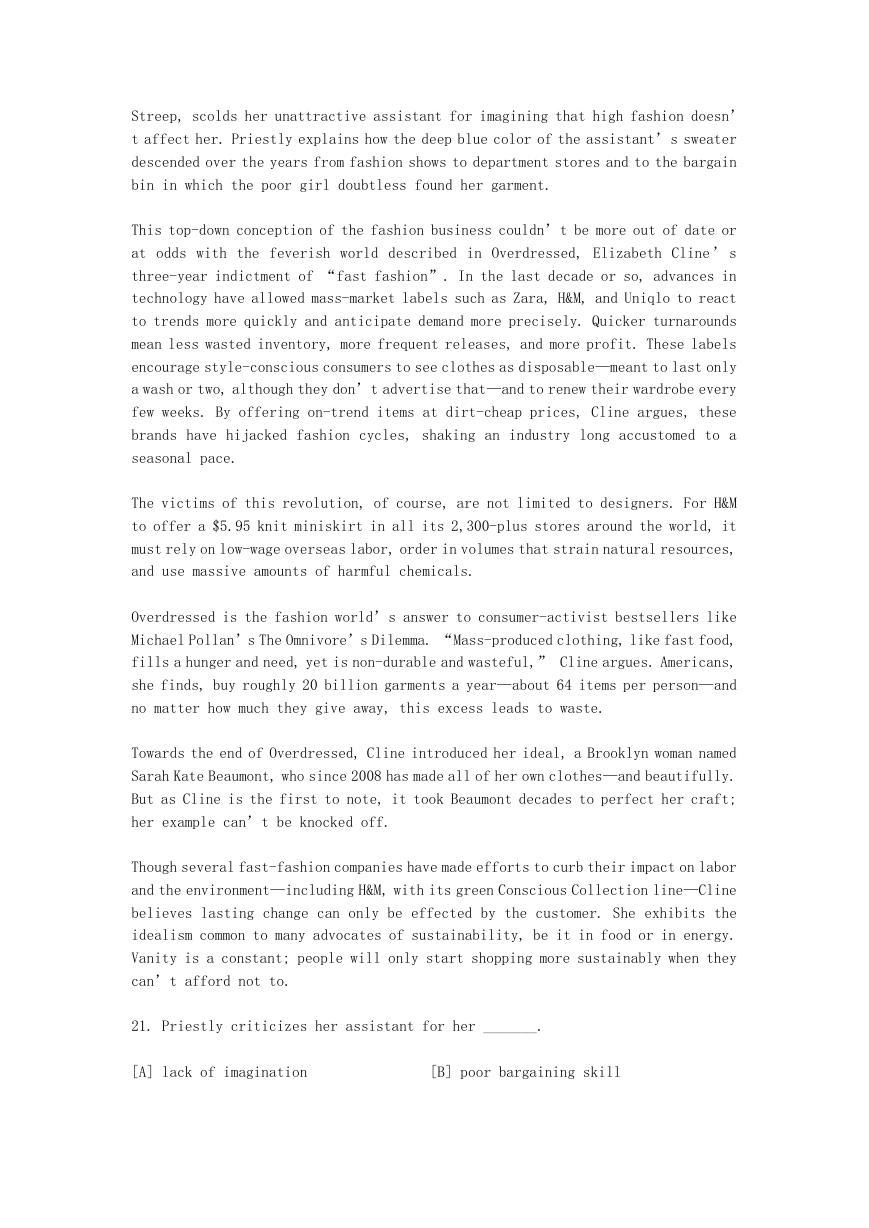
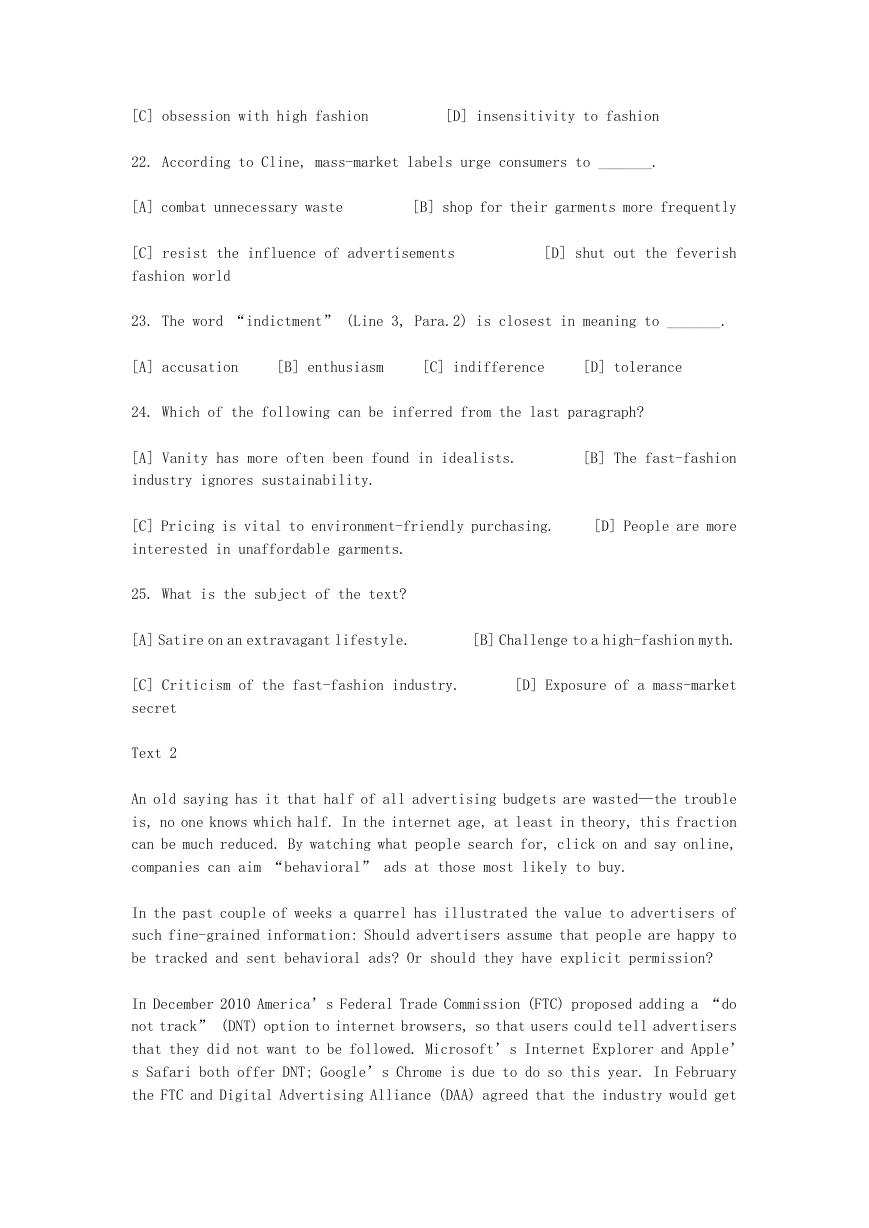
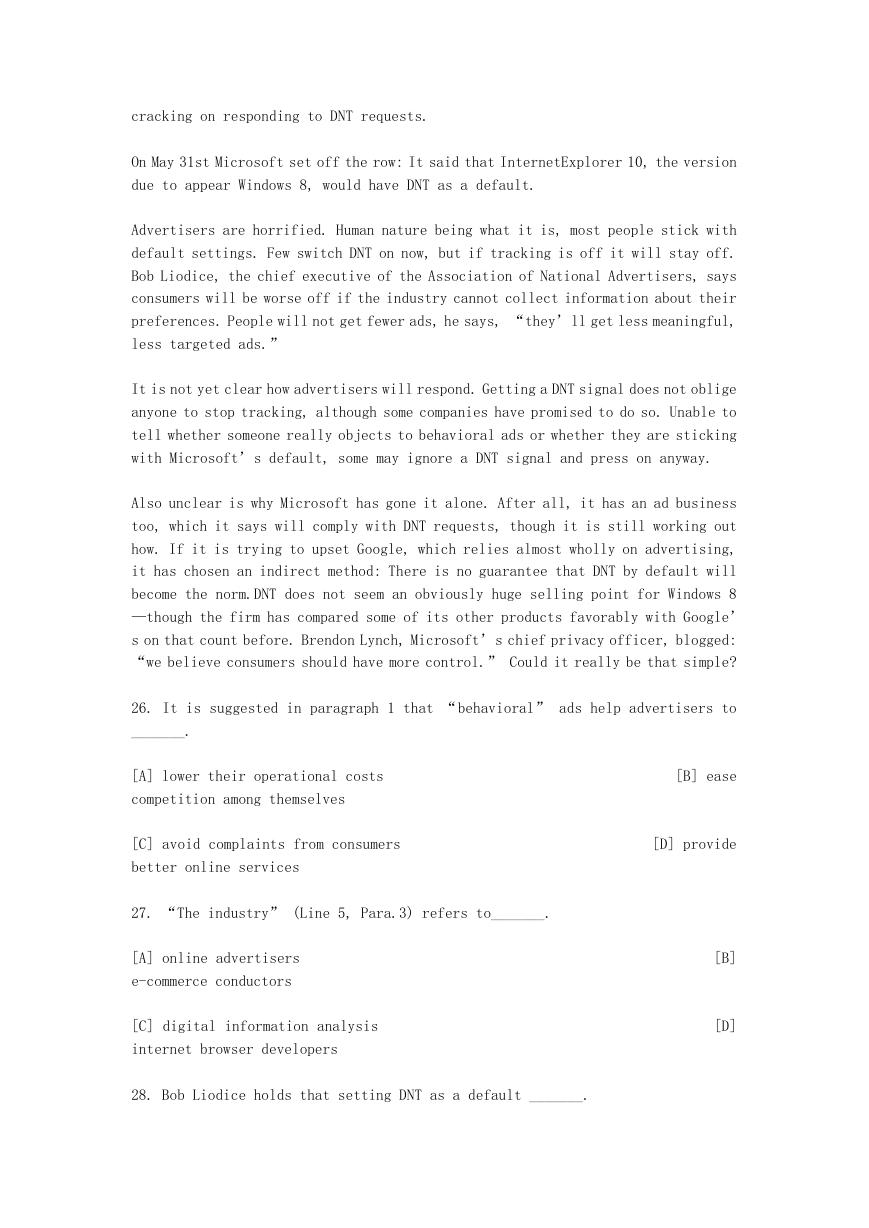
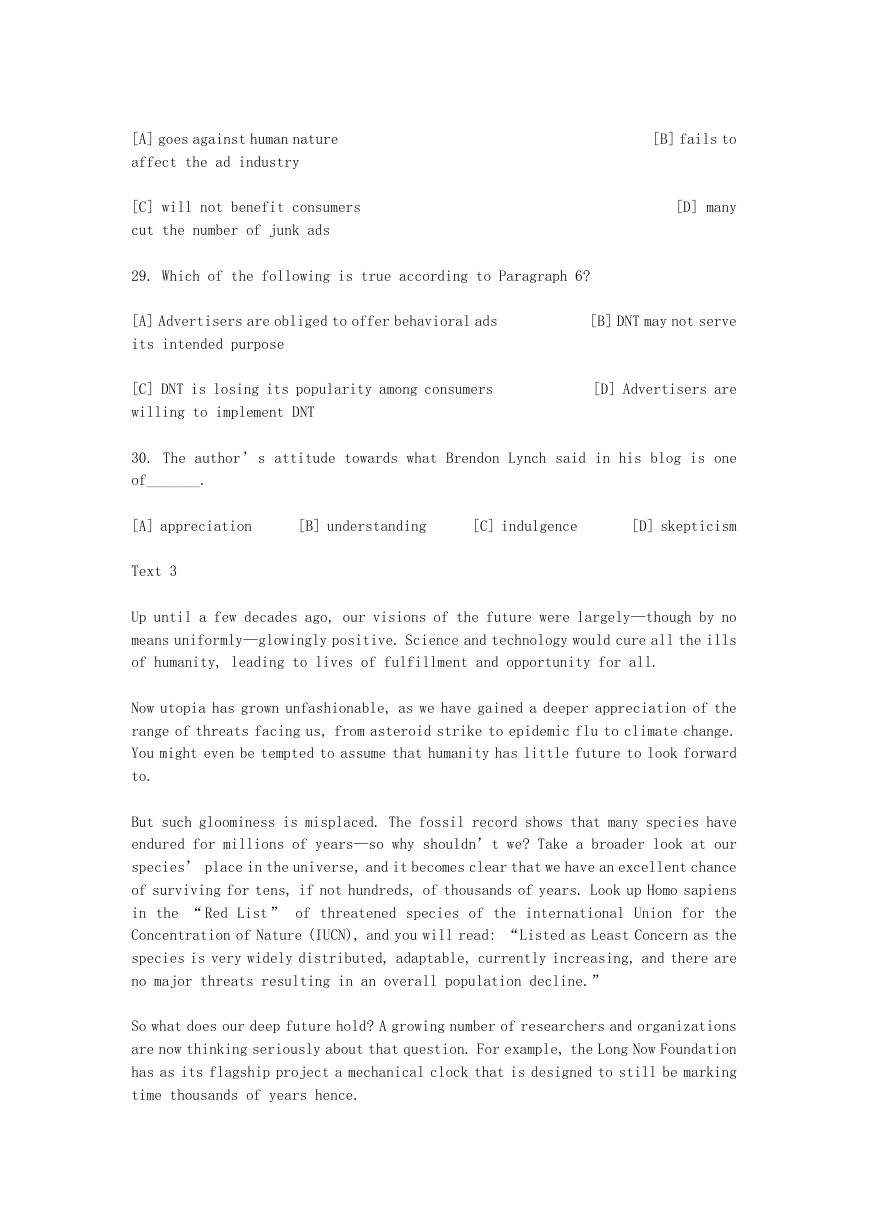
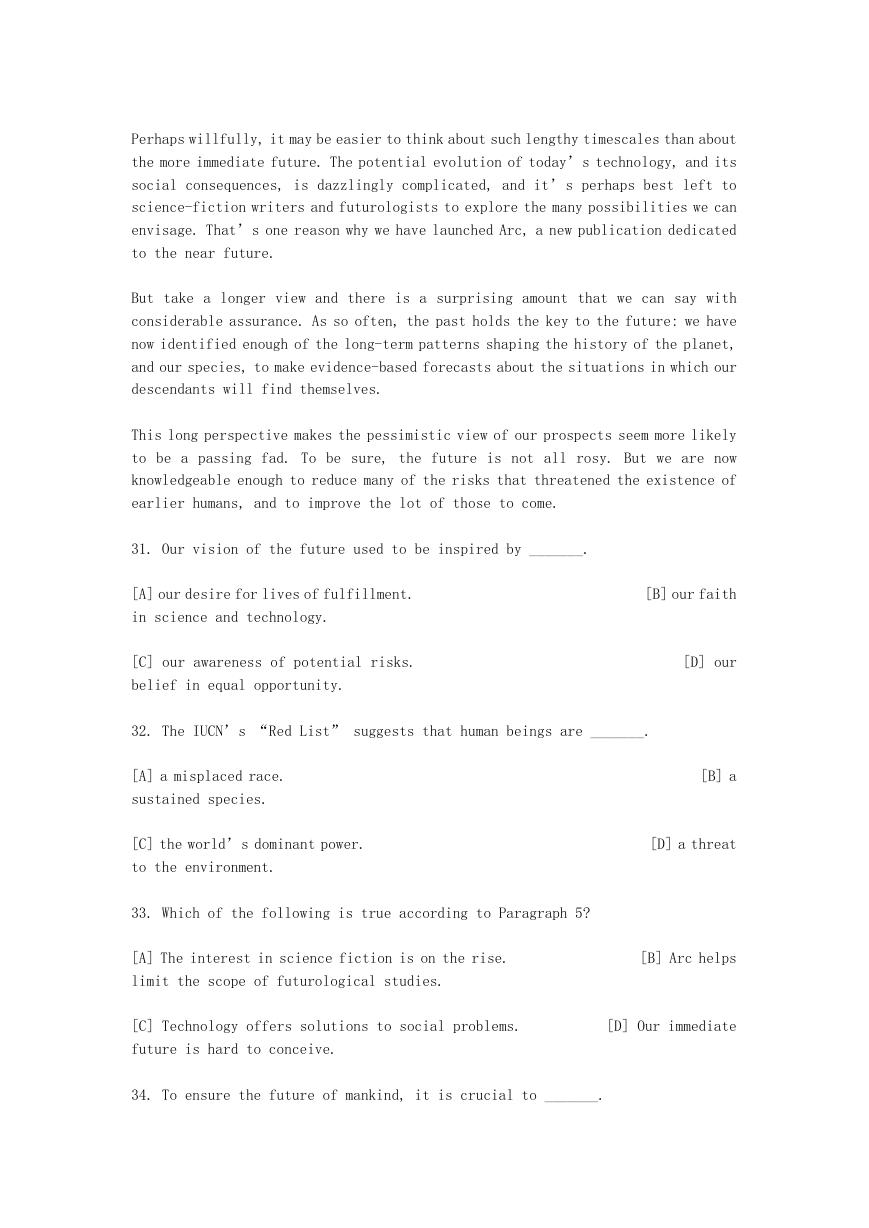
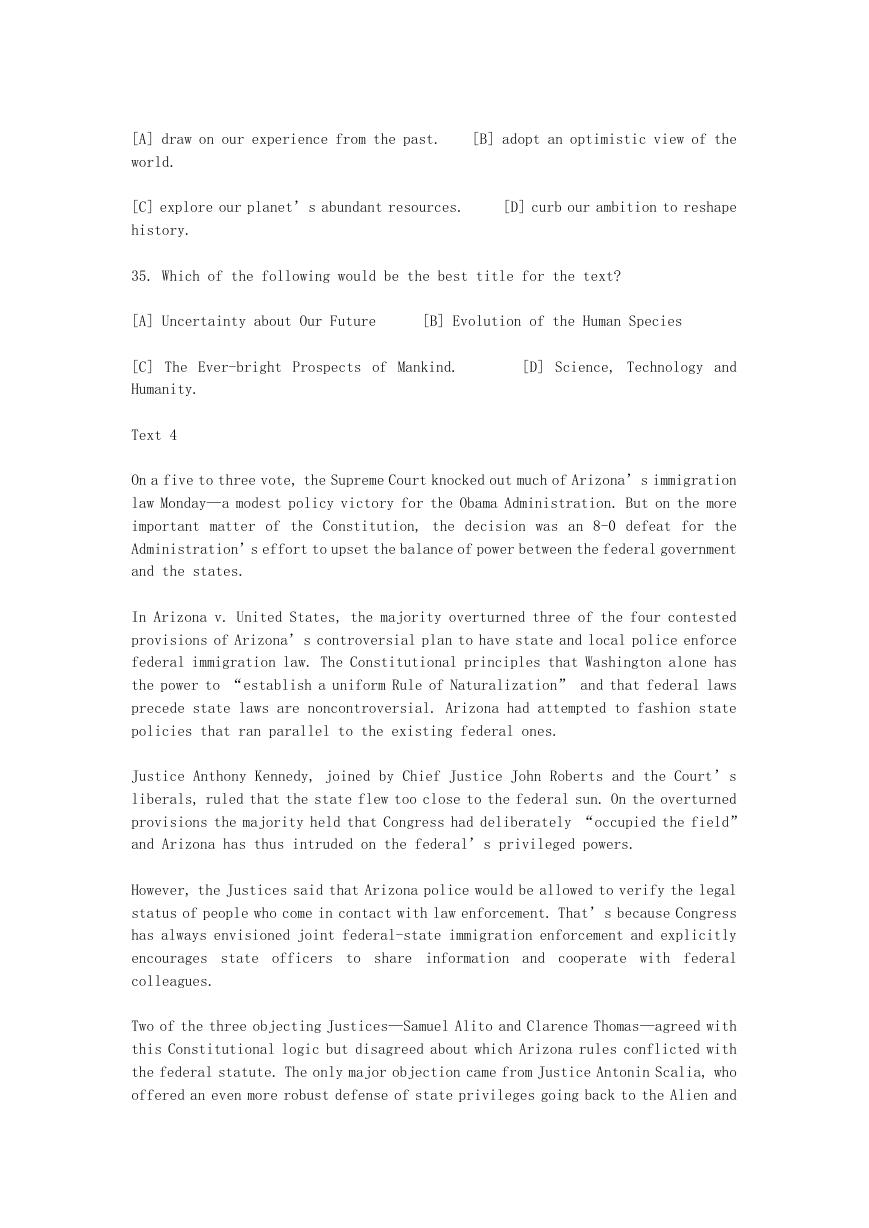








 2023年江西萍乡中考道德与法治真题及答案.doc
2023年江西萍乡中考道德与法治真题及答案.doc 2012年重庆南川中考生物真题及答案.doc
2012年重庆南川中考生物真题及答案.doc 2013年江西师范大学地理学综合及文艺理论基础考研真题.doc
2013年江西师范大学地理学综合及文艺理论基础考研真题.doc 2020年四川甘孜小升初语文真题及答案I卷.doc
2020年四川甘孜小升初语文真题及答案I卷.doc 2020年注册岩土工程师专业基础考试真题及答案.doc
2020年注册岩土工程师专业基础考试真题及答案.doc 2023-2024学年福建省厦门市九年级上学期数学月考试题及答案.doc
2023-2024学年福建省厦门市九年级上学期数学月考试题及答案.doc 2021-2022学年辽宁省沈阳市大东区九年级上学期语文期末试题及答案.doc
2021-2022学年辽宁省沈阳市大东区九年级上学期语文期末试题及答案.doc 2022-2023学年北京东城区初三第一学期物理期末试卷及答案.doc
2022-2023学年北京东城区初三第一学期物理期末试卷及答案.doc 2018上半年江西教师资格初中地理学科知识与教学能力真题及答案.doc
2018上半年江西教师资格初中地理学科知识与教学能力真题及答案.doc 2012年河北国家公务员申论考试真题及答案-省级.doc
2012年河北国家公务员申论考试真题及答案-省级.doc 2020-2021学年江苏省扬州市江都区邵樊片九年级上学期数学第一次质量检测试题及答案.doc
2020-2021学年江苏省扬州市江都区邵樊片九年级上学期数学第一次质量检测试题及答案.doc 2022下半年黑龙江教师资格证中学综合素质真题及答案.doc
2022下半年黑龙江教师资格证中学综合素质真题及答案.doc